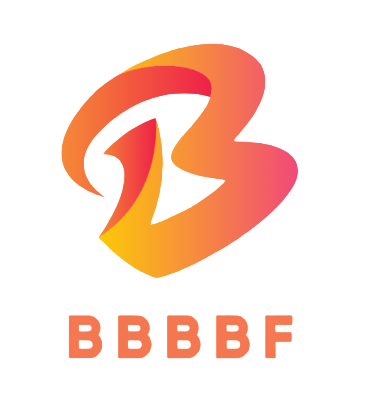Regex symbols, also known as regular expressions, are special characters with unique meanings that allow developers to create complex patterns for matching specific sequences of characters in a text string. Understanding and mastering these symbols is crucial for writing efficient and effective regular expressions.
This article will cover commonly used regex symbols, including the pipe symbol (|), dot symbol (.), asterisk symbol (*), caret symbol (^), dollar sign symbol ($), and backslash symbol (\).
Pipe Symbol (|)
The pipe symbol (|) specifies alternatives in a regex pattern, allowing you to match one pattern or another. For example, the regex pattern “cat|dog” will match either “cat” or “dog” in a text string.
Dot Symbol (.)
The dot symbol (.) matches any character except a newline character, serving as a wildcard symbol in a regex pattern. For example, the regex pattern “c.t” will match “cat”, “cot”, “cut”, and so on.
Asterisk Symbol (*)
The asterisk symbol (*) specifies zero or more occurrences of the preceding character in a regex pattern, allowing for varying repetitions. For example, the regex pattern “cat” will match “ct”, “cat”, “caat”, “caaat”, and so on.
Caret Symbol (^)
The caret symbol (^) matches the beginning of a line or string in a regex pattern, specifying the start position of a match. For example, the regex pattern “^cat” will match “cat” only if it appears at the beginning of a line or string.
Dollar Symbol ($)
The dollar sign symbol ($) matches the end of a line or string in a regex pattern, specifying the end position of a match. For example, the regex pattern “cat$” will match “cat” only if it appears at the end of a line or string.
Backslash Symbol (\)
The backslash symbol (\) is commonly used in Google Tag Manager (GTM) as an escape character to denote special characters in various settings. For example, in GTM, you might use the backslash to escape the period (\.).

Comments (0)